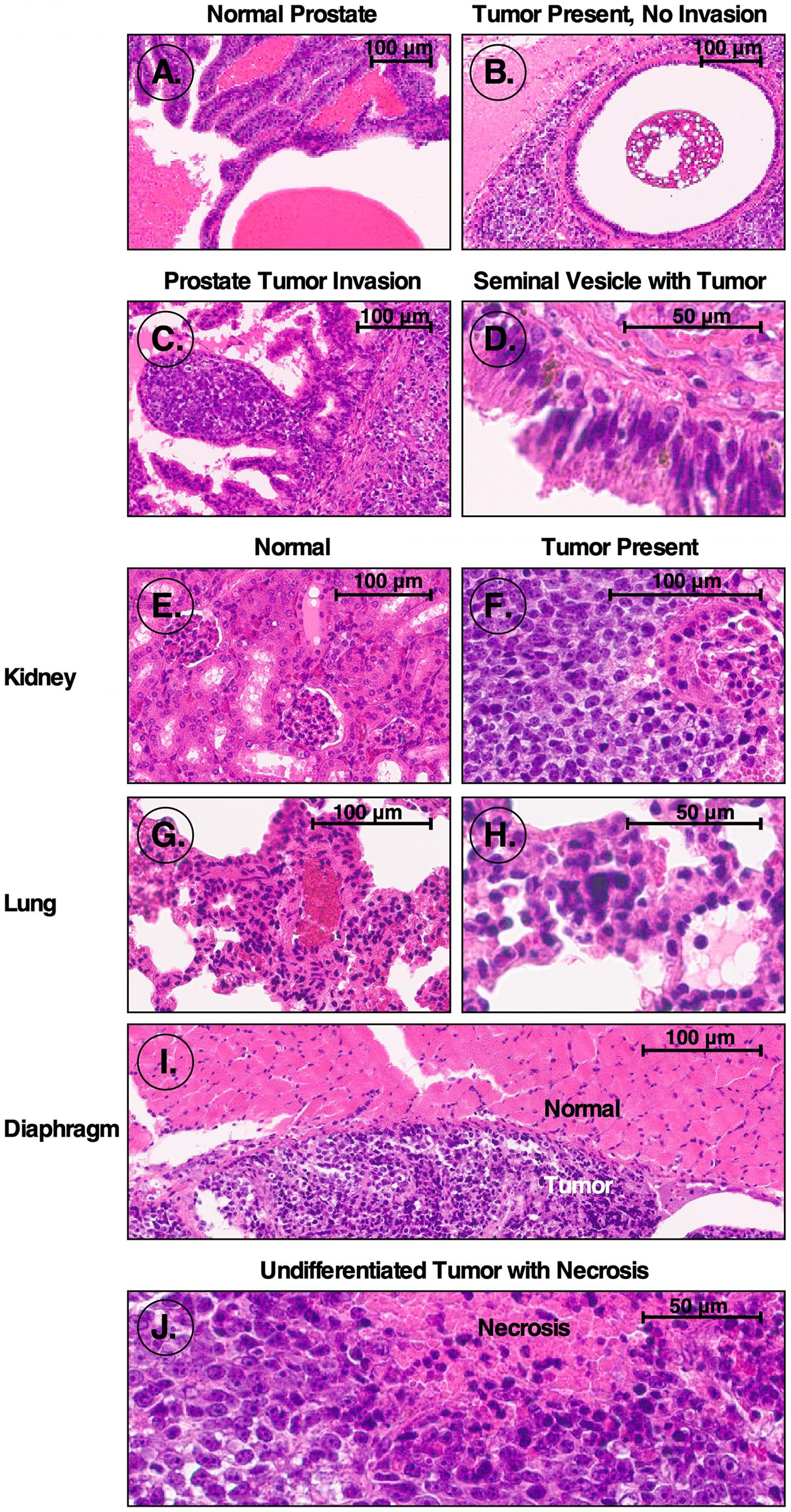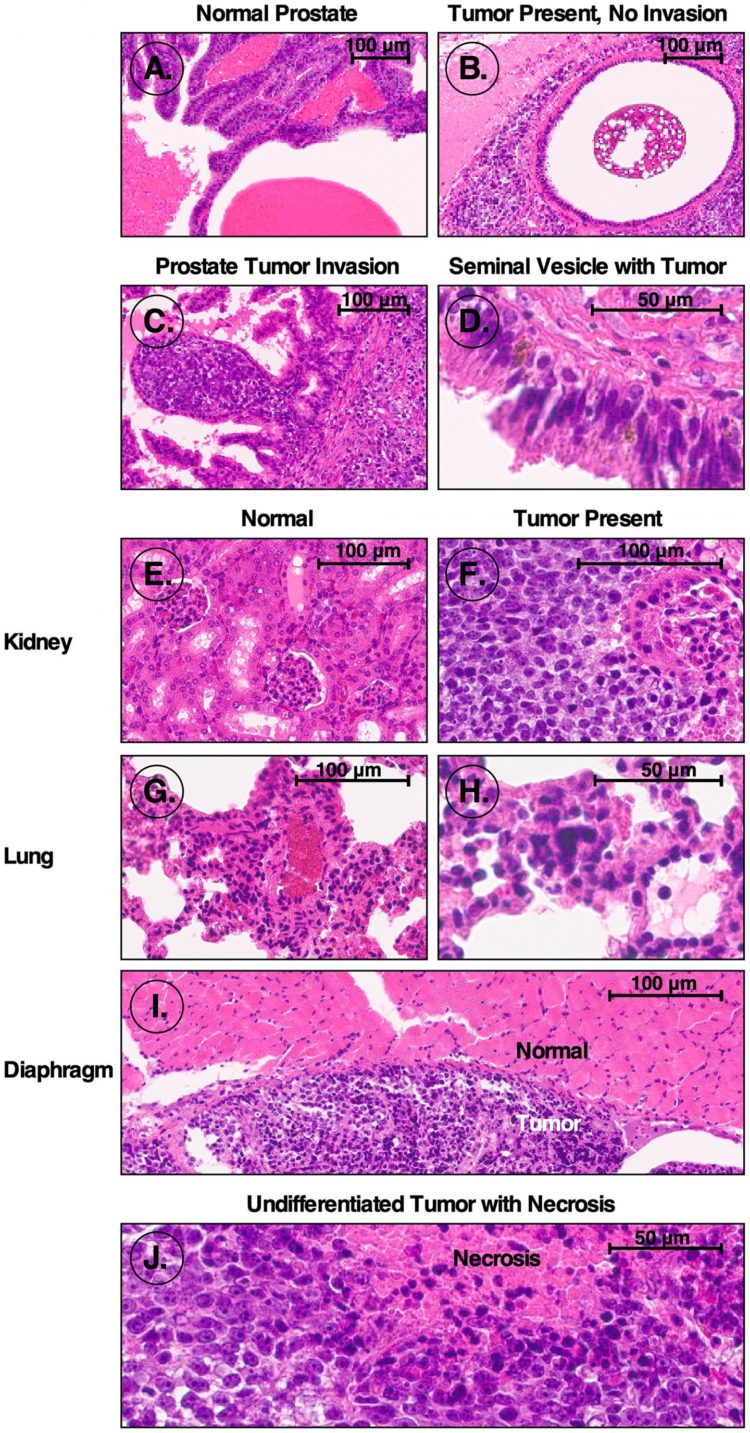Oncotarget Volume 11, Issue 12 reported outside its natural niche, the cultured prostate cancer stem cells lost their tumor-inducing capability and stem cell marker expression after approximately 8 transfers at a 1:3 split ratio.

Credit: Correspondence to – Daniel J. Donoghue – [email protected]
Oncotarget Volume 11, Issue 12 reported outside its natural niche, the cultured prostate cancer stem cells lost their tumor-inducing capability and stem cell marker expression after approximately 8 transfers at a 1:3 split ratio.
To characterize the iPS87 cell line, cells were stained with antibodies to various markers of stem cells including: ALDH7A1, LGR5, Oct4, Nanog, Sox2, Androgen Receptor, and Retinoid X Receptor.
This research thus characterizes the iPS87 cell line as a cancer-inducing, stem cell-like cell line, which can be used in the development of novel treatments for prostate cancer.
Dr. Daniel J. Donoghue from the Department of Chemistry and Biochemistry and the Moores UCSD Cancer Center at the University of California San Diego, La Jolla, San Diego, CA 92093, USA said, “The American Cancer Society advises that prostate cancer is the second leading cause of cancer death for men in America.“
“The American Cancer Society advises that prostate cancer is the second leading cause of cancer death for men in America.”
– Dr. Daniel J. Donoghue, Department of Chemistry and Biochemistry and the Moores UCSD Cancer Center at the University of California San Diego
These authors hypothesize that the disease is initiated, maintained, and progresses, as a disease of prostate cancer stem cells located in the outer/basal layer of the prostate glands.
Clinical treatment of prostatic adenocarcinoma mostly recognizes and targets the more differentiated cells which, although derived from the immortal cancer stem cells, may no longer be immortal themselves.
This approach may postpone disease progression, but recurrent/metastatic prostate cancer is nevertheless non-curable, due to failure to eliminate the underlying cancer stem cell population.
Patient needle-biopsy samples and prostatectomy tissue were examined for six stem cell-specific cell markers: CD44, CD133, Oct4, ALDH7A1, Nanog and LGR5, to verify the stem cell nature of the cancerous cells/tissues.
Figure 1: H&E stained sections from mice orthotopically injected with iPS87 cells. H&E stained sections were examined to identify tumor invasion. (A) Normal prostate; (B) non-invading tumor in prostate; (C) tumor invasion of prostate; (D) seminal vesicle tumor; (E) normal kidney; (F) tumor invasion of kidney; (G) normal lung; (H) lung tumor; (I) normal diaphragm (top) and tumor adjacent to diaphragm (bottom); (J) undifferentiated tumor mass with necrosis.
Antibody-stained prostate cancer tissue taken at the time of prostatectomy was indistinguishable from the images obtained from the same cancer tissue stained with H&E, suggesting that the prostate cancer cells at the time of prostatectomy are mostly composed of classes of stem cells.
The Donoghue Research Team concluded in their Oncotarget Research Paper, “with the positive staining of five documented stem cell markers, we conclude that the iPS87 cell line is indeed stem cell-like. The expression of the Androgen Receptor suggests that the iPS87 cells possess a stem cell progenitor- or a stem cell transit-amplifying genotype. This could potentially facilitate studies of the responsiveness of this potently tumorigenic cell to Androgen Deprivation Therapy (ADT).“
Sign up for free Altmetric alerts about this article
DOI – https:/
Full text – http://www.
Correspondence to – Daniel J. Donoghue – [email protected]
Keywords –
prostate cancer,
stem cells,
androgen independent,
androgen deprivation therapy,
castration resistant prostate cancer
About Oncotarget
Oncotarget is a weekly, peer-reviewed, open access biomedical journal covering research on all aspects of oncology.
To learn more about Oncotarget, please visit http://www.
SoundCloud – https:/
Facebook – https:/
Twitter – https:/
LinkedIn – https:/
Pinterest – https:/
Reddit – https:/
Oncotarget is published by Impact Journals, LLC please visit http://www.
Media Contact
[email protected]
18009220957×105
Media Contact
@RYANJAMESJESSUP
[email protected]
202-638-9720
Original Source
https:/
Related Journal Article
http://dx.





